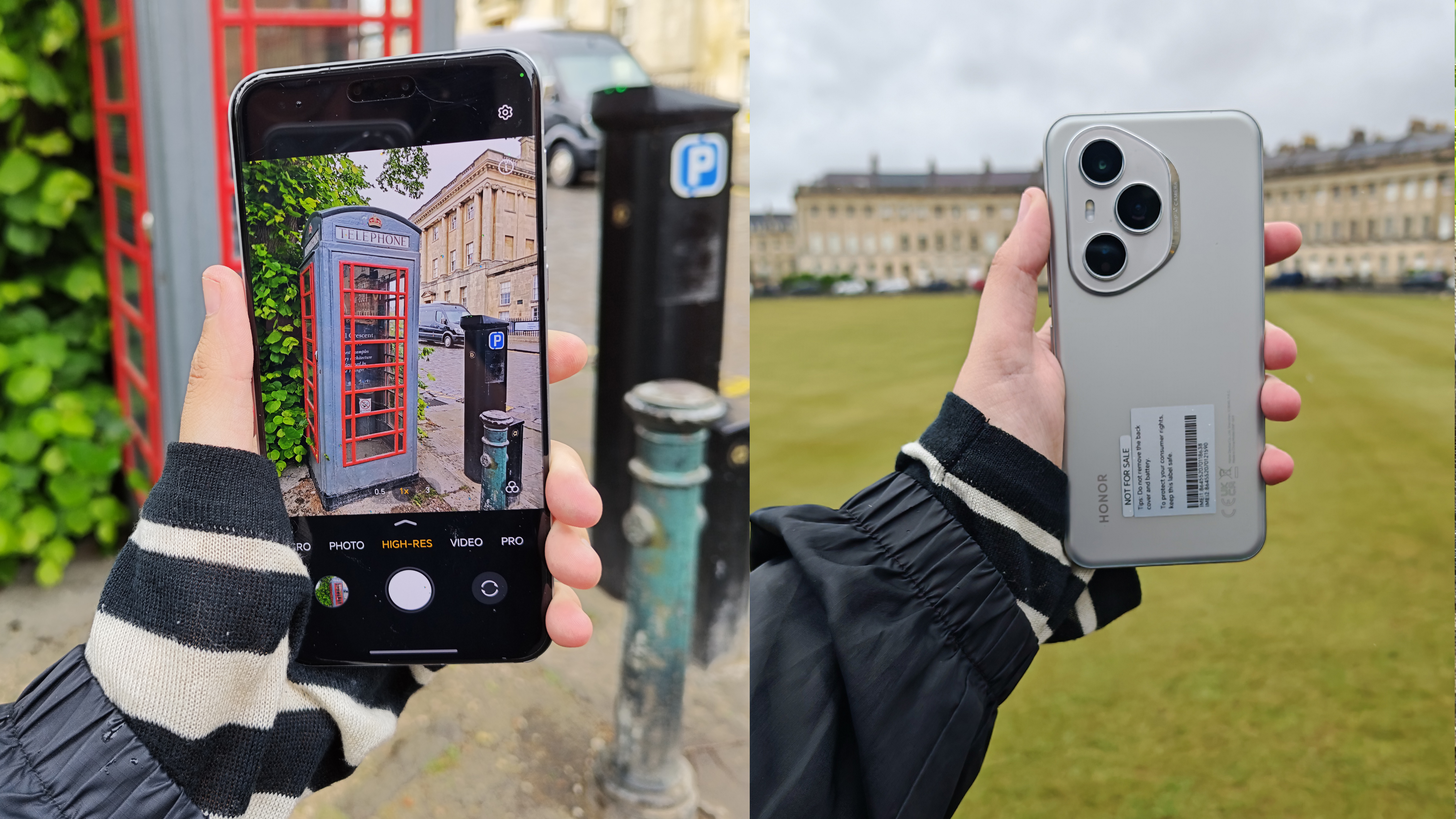Getting WordPress to play nice with responsive images
Frontend designer David Smith responds to Jesse Friedman's article on responsive design with WordPress and presents an alternative way to deal with images
- Knowledge needed: Basic PHP and CSS
- Requires: WordPress install, text editor of choice
- Project time: 10 minutes
If you subscribe to the print version of .net magazine (if not, why not!?), you will have seen that this month’s issue features an excellent article on “Responsive Design with WordPress”.
In the article, author Jesse Friedman outlines a load of really useful techniques for making the most of, and overcoming, inherent WordPress functionality in order to produce a truly effective responsive website. If you’re thinking of producing a responsive site with WordPress you should definitely pick up a copy of his article. It’s a must-read.
Having recently rebuilt my personal blog on WordPress using a responsive, mobile-first approach I was familiar with some of the techniques covered in the article. However, the one item that really stood out for me was Jesse’s approach to enabling fluid images via jQuery.
The problem with WordPress and “fluid images”
As I'm sure you’re all aware 'fluid images' – which make use of max-width: 100% – require that images have no fixed width or height in order that they can scale to the size of their container. Unfortunately, WordPress automatically calculates the dimensions of images generated from the Media library and adds the corresponding width and height attributes to any <img> tags.
This is great for page rendering speed but it throws a massive spanner in the works when it comes to creating responsive layouts as image dimensions are no longer constrained to the size of their container.
That’s a problem.
The non-jQuery solution
In his article Jesse’ suggests using jQuery to remove the width and height attributes from all <img> tags on the page once it has loaded. This certainly works but when building my site I didn’t like the idea of relying on JavaScript to achieve this, especially if there were a lot of images on the page in question.
Get the Creative Bloq Newsletter
Daily design news, reviews, how-tos and more, as picked by the editors.
This is where WordPress filters came to the rescue.
The WordPress codex defines a filter as:
“...hooks that WordPress launches to modify text of various types before adding it to the database or sending it to the browser screen.”
As it turns out this is exactly what we need. By setting up a filter to run on all images as the final action before they are rendered on the page, we can use PHP to remove the width and height attributes thereby circumventing the need for (potentially) expensive DOM manipulation via JavaScript.
The code
- /**
- * RESPONSIVE IMAGE FUNCTIONS
- */
- add_filter( 'post_thumbnail_html', 'remove_thumbnail_dimensions', 10 );
- add_filter( 'image_send_to_editor', 'remove_thumbnail_dimensions', 10 );
- function remove_thumbnail_dimensions( $html ) {
- $html = preg_replace( '/(width|height)=\"\d*\"\s/', "", $html );
- return $html;
- }
In the code above we’re adding two filters using the add_filter function. The first argument is the filter we want to hook into and the second specifies the function we want to run when the filter is called.
In our code we hook into two obscure functions:
- post_thumbnail_html – images retrieved with the post_thumbnail()
- image_send_to_editor – images added to the editor
We then using a regular expression to remove both the width and height attributes from the image tags. Now when our images are sent to the browser they can be fully 'fluid' just like Mr Marcotte told us they should.
A confession
I have to confess having had the idea of using add_filter to remove attributes I could not for the life of me locate the correct WordPress filters to hook into.
After a lot of searching I finally came across this extremely helpful post on Wordpress Stack Exchange by Nathaniel Taintor which provided the information about the two filters I needed.
Caveats
As far as I know the only major draw-back to this approach is that it doesn’t remove the width and height attributes from all images on your site. I found this to be an issue, specifcally with the Gravatar images WordPress uses in comments.
If anyone has a solution to this issue please do leave a comment so we can all benefit.
I hope this has been useful and demonstrated an alternative to relying on JavaScript to implement “fluid images” on WordPress websites.
Words: David Smith
Dave Smith is front end designer based near the beautiful city of Bath, UK. When he’s not working on new and exciting web projects he can be found playing the trumpet in everything from Big Band jazz groups to Symphony orchestras. You can catch up with Dave on Twitter as @get_dave.

Thank you for reading 5 articles this month* Join now for unlimited access
Enjoy your first month for just £1 / $1 / €1
*Read 5 free articles per month without a subscription

Join now for unlimited access
Try first month for just £1 / $1 / €1

The Creative Bloq team is made up of a group of art and design enthusiasts, and has changed and evolved since Creative Bloq began back in 2012. The current website team consists of eight full-time members of staff: Editor Georgia Coggan, Deputy Editor Rosie Hilder, Ecommerce Editor Beren Neale, Senior News Editor Daniel Piper, Editor, Digital Art and 3D Ian Dean, Tech Reviews Editor Erlingur Einarsson, Ecommerce Writer Beth Nicholls and Staff Writer Natalie Fear, as well as a roster of freelancers from around the world. The ImagineFX magazine team also pitch in, ensuring that content from leading digital art publication ImagineFX is represented on Creative Bloq.
